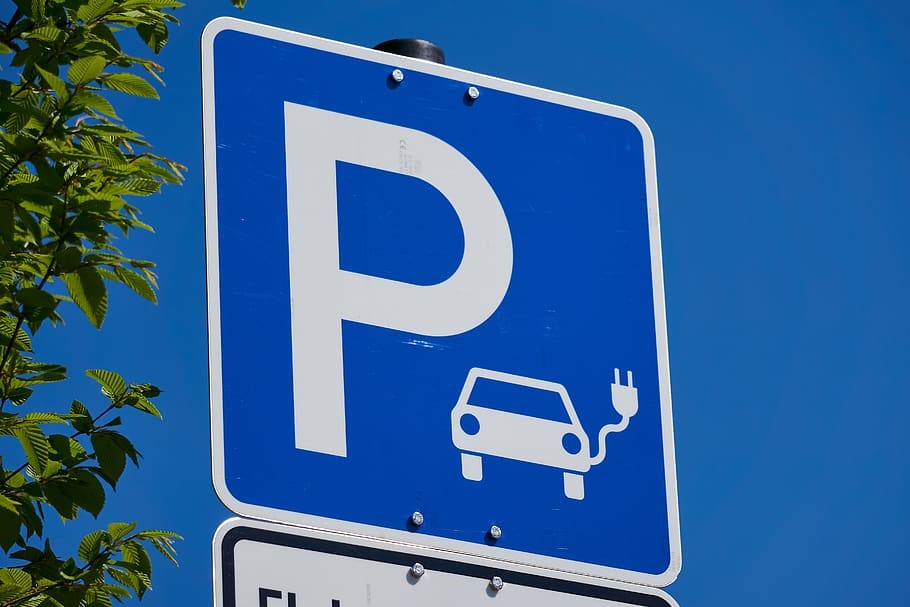
The new EU Strategy for a Sustainable and Smart Mobility, which will be published in December 2020, seeks to streamline clean, connected and smart mobility across the EU. While European roads are still dominated by combustion engines, just outside the EU, Norway sits in the driving seat of the transition to e-mobility. What can Norway teach the Commission on sustainable mobility?
E-Mobility forms a key building block of the Commission’s ambitions to become the first climate-neutral continent by 2050. To allow electric cars and other low-emission vehicles to drive the transition to clean mobility, the Commission is currently drafting the Strategy for a Sustainable and Smart Mobility, which will define the priorities of the EU’s transport agenda. With the Strategy, the Commission aims to boost the uptake of lower and zero-emission vehicles, strengthen multimodal transportation and take full advantage of the opportunities digitalisation and automation presents to the transport sector.
The Commission’s efforts to transition to clean mobility are a key priority under the EU Green Deal, as transport represents almost a quarter of Europe’s greenhouse gas emissions – with increasing tendency. At the same time, the success of zero and low-emission vehicles remains moderate. Battery electric vehicles, plug-in hybrids and other hybrid cars account for only 17% of sales across all European markets.
While EU Member States are struggling to reduce transport-related emissions, just outside of the EU’s borders, a country that is famous for its oil production leads on the transition to clean mobility: Norway. In 2020, more than half of the country’s cars are electric – as such, the fleet is the largest per capita in the world. So, what is the secret to Norway’s success, and what can the country teach the Commission on sustainable mobility?
Long before Elon Musk has even dreamed about Tesla, the Norwegian government began incentivising the purchase of electric vehicles by offering toll road and sale tax reductions. Financial incentives, however, are by no means an uncommon tool, nor a guarantor of success. What has helped Norway becoming the e-mobility poster child is, above all, the Norwegian mindset, and a strong political will to lead in low-emission transport. Close to 100% of the country’s domestic energy comes from hydropower, and so the reliance on renewable energy in every-day life comes naturally to Norwegians. In parallel, a strong political will has craved Norway’s course for an electric future in stone. The decision to phase out the sale of fossil-fuel-based cars by 2025 has been taken with full cross-party parliamentary support – unimaginable in countries like Germany or Poland.
The Norwegian case shows that fierce political will and an incentivising regulatory framework are the main ingredients for a swift and successful transition to low-emission mobility. With the focus of the Strategy for a Sustainable and Smart Mobility on e-mobility, we can expect exciting and pathbreaking new measures designed to incentivise the uptake of electric vehicles and other low-emitting transport solutions across Europe. The Commission’s forthcoming laws on the roll-out of recharging infrastructure, as well as its investments in clean mobility technologies, are promising steps in the right direction.
Contact Us
If you would like to know more information about sustainable mobility or any of the above content please contact our Chelgate Public Affairs team